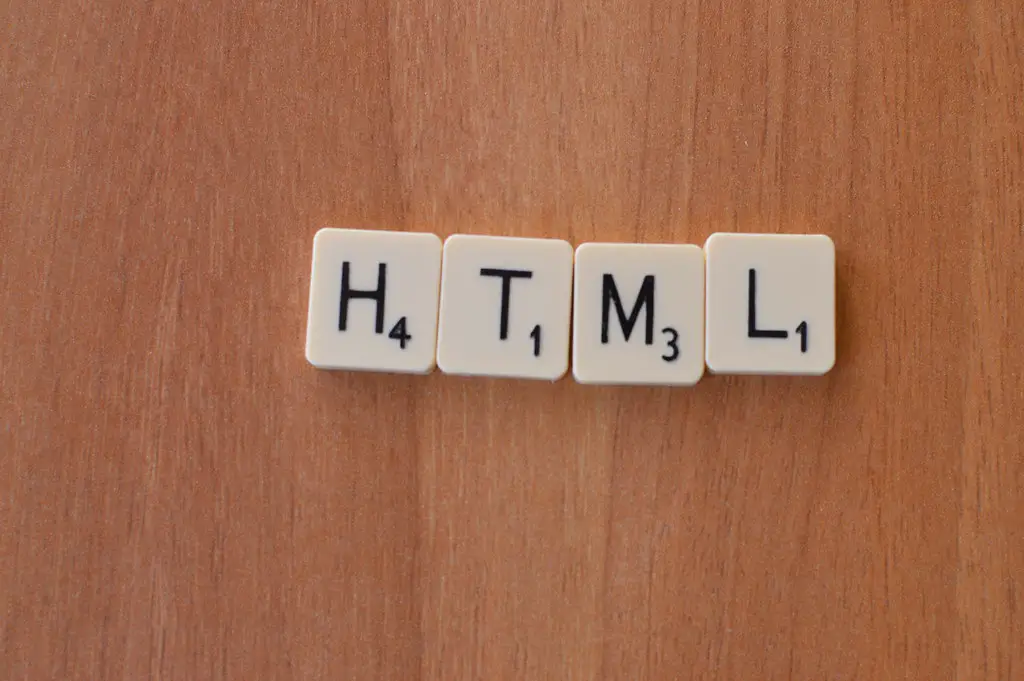How to Resize an Image in HTML Using the Width and Height Attributes
The HTML IMG tag is used to embed an image into a web page. The width and height attributes of the IMG tag can be used to resize an image. These attributes are specified in pixels, and they define the width and height of the image respectively.
For example, if you wanted to display an image that was 200 pixels wide by 150 pixels high, you would use the following code:
<img src="example.jpg" width="200" height="150" />
The above code will display the example.jpg file at a size of 200×150 pixels on your web page.
It is important to note that resizing images using these attributes does not actually change the physical dimensions of the file itself; it simply changes how large or small it appears on your web page. If you want to permanently resize an image, you should use a photo editing program such as Photoshop or GIMP instead.
How to Use CSS to Change the Size of an Image
Using CSS to change the size of an image is a simple process. To begin, you will need to have the image saved in an appropriate file format such as .jpg or .png. Once you have the image saved, you can use CSS to adjust its size.
To do this, open your HTML document and locate the tag for your image. Within this tag, add a style attribute with two properties: width and height. The values for these properties should be specified in pixels (px). For example:
<img style="width: 200px; height: 100px;" src="myimage.jpg" />
This code will set the width of your image to 200 pixels and its height to 100 pixels. You can adjust these values as needed until you achieve the desired size for your image.
How to Automatically Resize Images with HTML5 and JavaScript
HTML5 and JavaScript can be used to automatically resize images. This is done by using the HTML5 canvas element and JavaScript code. The canvas element is used to create a virtual image that can be manipulated with JavaScript code. The code will then resize the image based on the size of the browser window or other criteria.
To use this technique, first create an HTML page with a canvas element in it:
Next, add some JavaScript code to get a reference to the canvas element and draw an image onto it:
var myCanvas = document.getElementById("myCanvas");
var ctx = myCanvas.getContext("2d");
var img = new Image();
img.onload = function(){ ctx.drawImage(img, 0, 0); }; img.src = "image_url"; // Replace with your own URL for an image file here! Now you can add some more JavaScript code that will automatically resize the image when needed: window.addEventListener('resize', function(){ var w = window.innerWidth; var h = window .innerHeight; myCanvas .width=w; myCanvas .height=h; ctx .drawImage(img ,0 ,0 ,w ,h ); });
This will cause the image to be resized whenever the browser window is resized or when other criteria are met (such as orientation change). You can also use this technique for other types of images such as SVG files or even video frames from a video file!
Tips for Optimizing Images for Web Design: Compression, File Size, and Formatting
1. Compress Images: Compressing images is essential for optimizing them for web design. Use a tool such as TinyPNG or JPEGmini to reduce the file size of your images without sacrificing quality.
2. Reduce File Size: The larger the file size, the longer it will take to load on a website. Aim to keep image file sizes below 100KB whenever possible, and use tools like ImageOptim or Kraken to reduce them further if needed.
3. Choose Appropriate Formats: Different image formats are better suited for different types of images and purposes, so choose wisely when selecting an image format for web design projects. For example, JPEGs are best used for photographs while PNGs are better suited for graphics with fewer colors and transparency effects.

